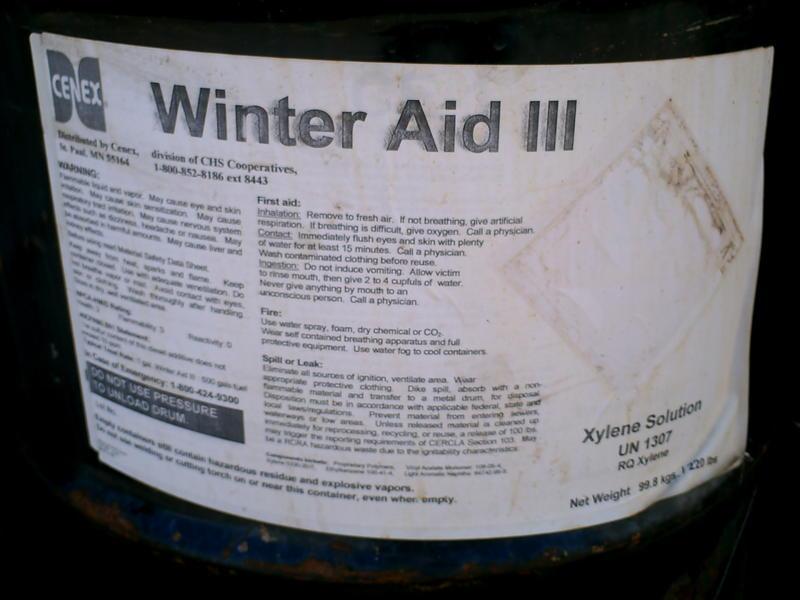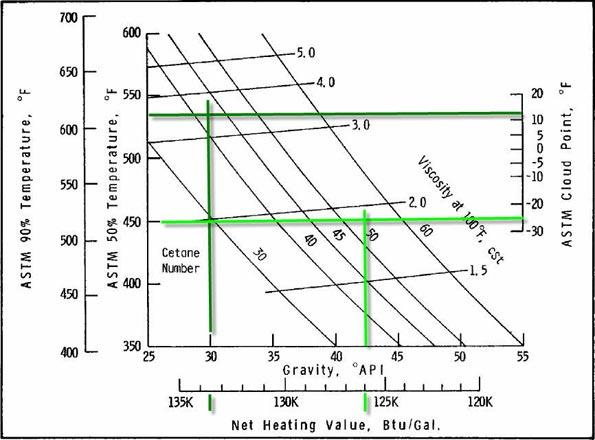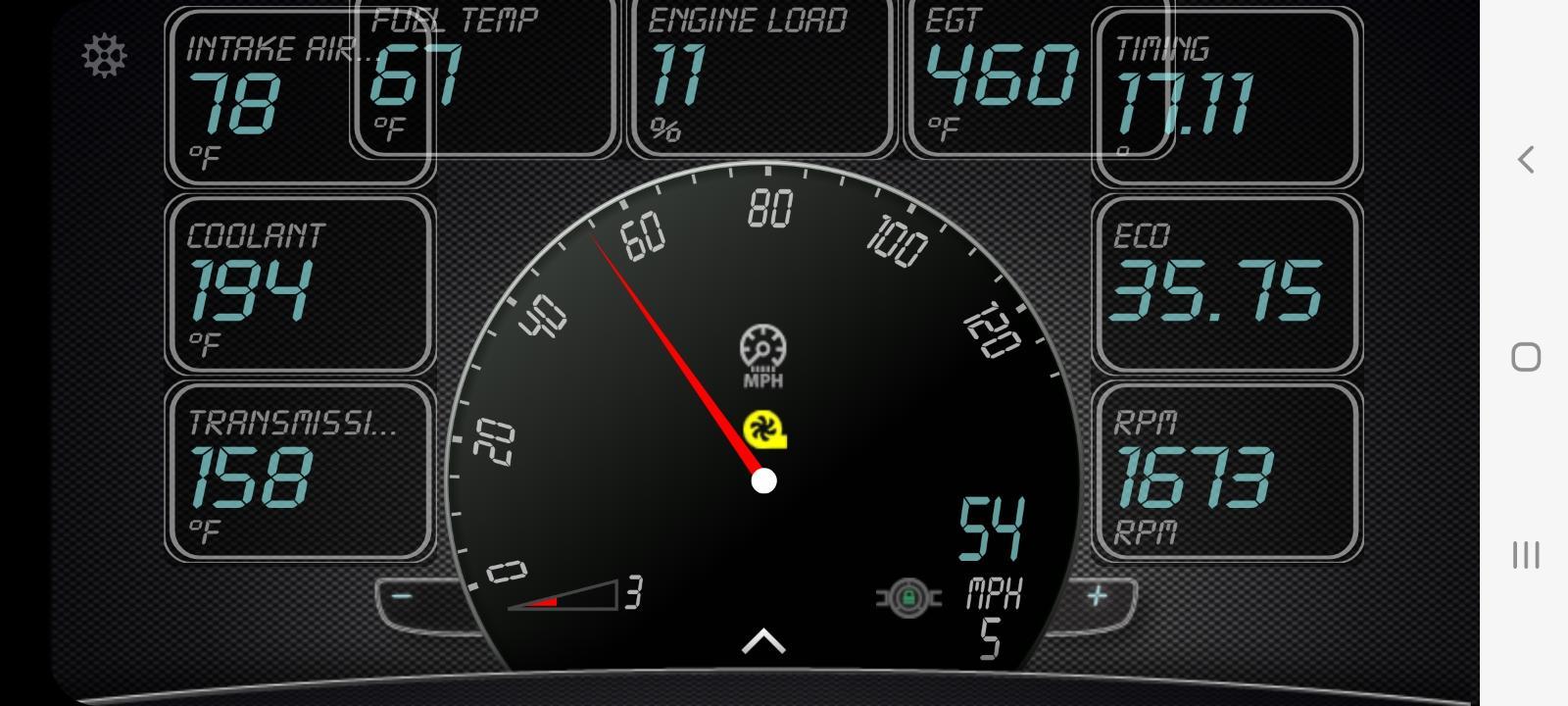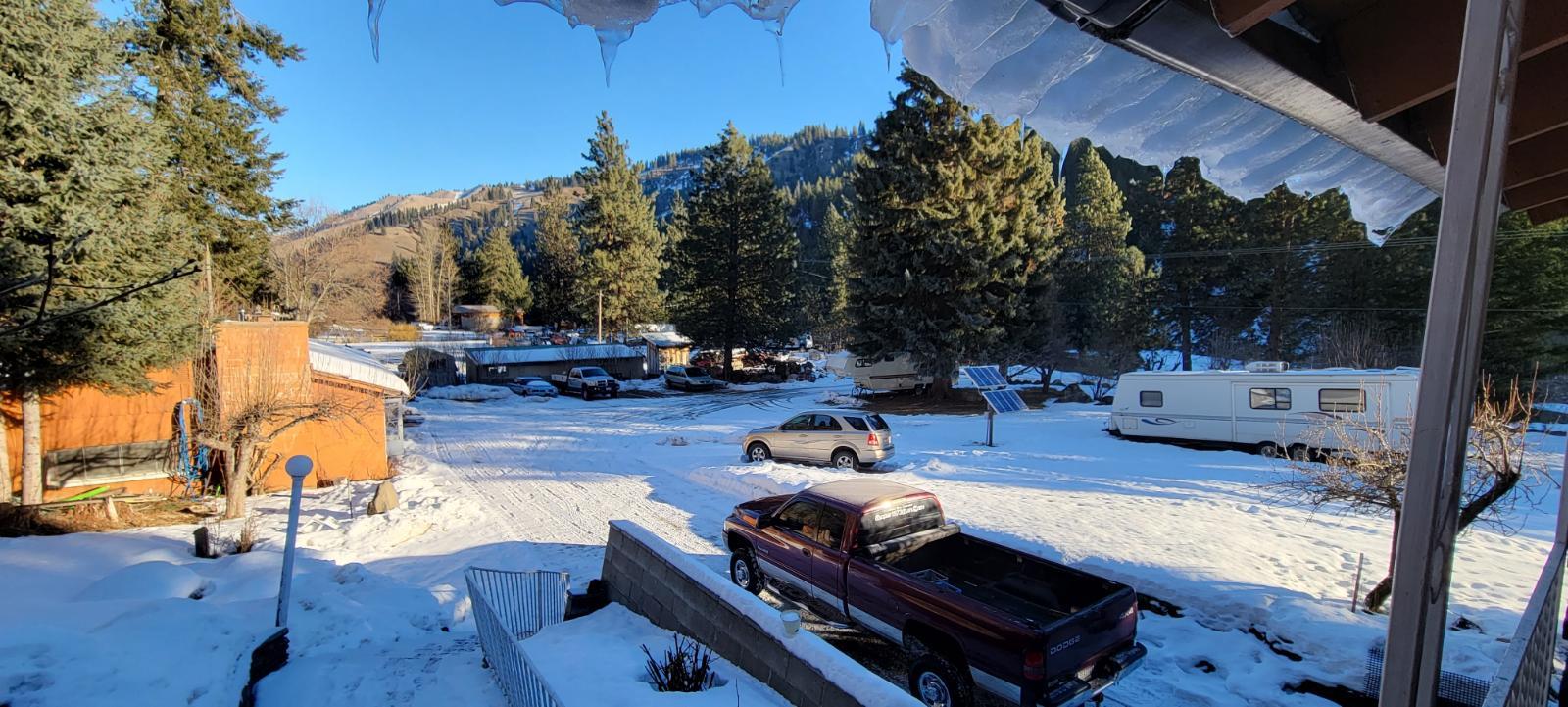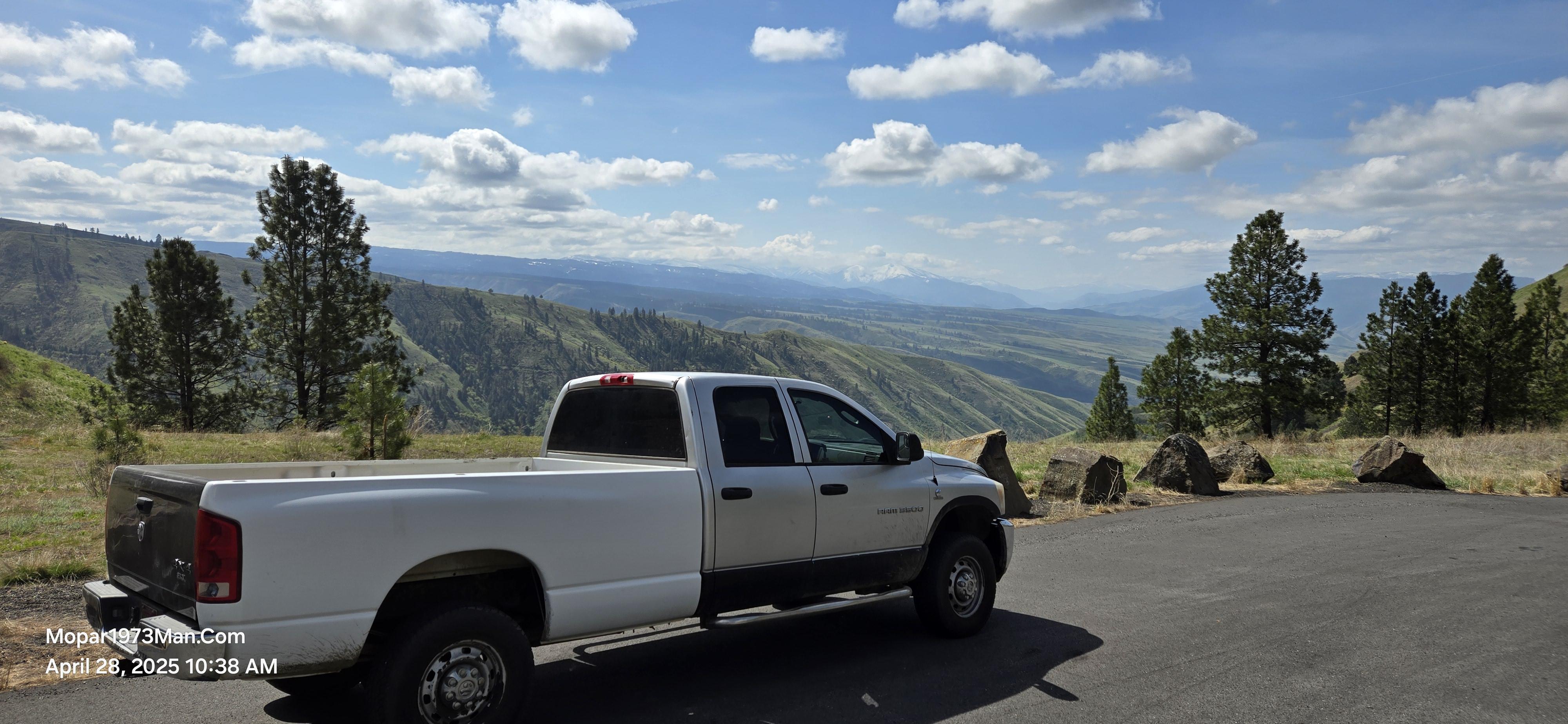
Everything posted by Mopar1973Man
-
Another hard start/loss of prime
I've rebuilt a few fuel drains on the early 2nd gens (98.5 to 00). You can take them apart and just change the o-rings which I've got a set of o-rings in the truck for this purpose.
-
Reve X Distance plus
Exactly...
-
Reve X Distance plus
Another common one I used to pull over for every Cummins diesel along the highway to assist. 90% of the time I found couple of punk kids in the cab barrowed Daddy's Farm truck and since the truck was low on fuel snagged a bit of red dye fuel or possible a full tank. Then took off. Typically in a few miles it gels up because typically most farmers dont use all the diesel up and get winterized fuel in. So now the kids think its a free ride to go have fun with Daddy truck but now get stuck because the fuel is summer fuel and gelled up. Really common out here.
-
Dirt to snow or snow to dirt.
51 years old now. I still bounce off the ice in my driveway every day at least one or two times. As I try to do the Curly Shuffle across the ice to the shop or out to parked truck.
-
Dirt to snow or snow to dirt.
I've done that in the past. I've got my little ATV Honda Rancher 420cc. That ATV is so light I can ride on top of the crust of snow and never sink down in. Where usually buddies bring out the big 800cc ATV's and get stuck all day long.
-
Winter weather - What do you see where your at?
I've got less than 1/2 cord left of dry wood the rest is under a snow pile unsplit...
-
Reve X Distance plus
That was the thing that trigger that study was even with 2 cycle oil as a lube for the fuel I had people dumping mass amount of cetane booster on washing out the effect of the 2 cycle oil still getting P0216 codes and other pump issues. This what stemmed off the lube study deep and then the cetane study of local fuels to find out what is actually needed for trouble free operation through the winter time. So in 439k miles I've never gelled up once. But I've go one of the coolest running VP44 my fuel temp is lower than most. But since I kept my stock fuel filter I still got a fuel heater and collect warmth for the fuel from the manifold. This done by the coolant passage that is near the stock fuel filter this why I ALWAYS suggest you keep your stock filter in the northern states or anyone that travel in the snow. In 439k miles on The Beast (2002 Dodge) last VP44 lasted 243k miles. Never used cetane booster - Why do I want to reduce the BTU content? Never used Anti-Gel products - Why add in more paint thinner to ruin the lubricity of the fuel to keep it flowing? ALWAYS bought quality fuels that I knew met the grade (after study of course) ALWAYS used 3um filters on the AirDog and 7um filter in the stock location. Double filtered. Again as ASTM labs states... There is no benefit to using a higher cetane number fuel than is specified by the engine's manufacturer. The ASTM Standard Specification for Diesel Fuel Oils (D-975) states, "The cetane number requirements depend on engine design, size, nature of speed and load variations, and on starting and atmospheric conditions. Increase in cetane number over values actually required does not materially improve engine performance. Accordingly, the cetane number specified should be as low as possible to insure maximum fuel availability." This quote underscores the importance of matching engine cetane requirements with fuel cetane number!!!
-
Dirt to snow or snow to dirt.
I've seen those before but I'd always though it would work out to hot. I guess so... I'll admit I've never tried it but I bet its fun.
-
Reve X Distance plus
Another secret I used. I used the ability I'm with a fire dept to get information for safety study of common household chemical that might be on a ranch or farm. SoI was able to ask that clerk for contact information for the phone number of the company supplying fuel. Then contact them and keep going. Keep asking questions and keep asking for someone with more knowledge of the next thing you want to know. Then you find yourself most likely talking to a refinery at the last step getting the specs of fuel, how the trucks are loaded, etc. I'll tell you you can waste a good solid day to two days do all this study of just one brand. I did Chevron, Cennex, Maverik, and a few Mom and Pop places too. Just to see if there was anything different.
-
Reve X Distance plus
Secret... Idaho gets it fuel from Salt Lake City UT or Seattle WA. All diesel fuel is raw till it put in the truck. Then all the additive package for what brand of fuel. So the fuel all comes from the same start but when the truck tanks are loaded you have a final product that can ship anywhere. Yeah I did my research right back to where my fuel comes from how it's mixed and what level. As for common PPD (pour point depressant) it common sold under the name Xylene. Yup paint thinner. Use to have a Cennex up here that sold the PPD for ranchers and farmers. I'll have to dig up the photo. Xylene is also used in cetane boosters. Yeah I've done my homework. Then as you figure your cetane and everything in the you'll notice on the ASTM labs test scale you find higher the cetane the lower the BTU's. Dark Green is the summer fuel as tested using specs from local fuels. Then the light green is my winter fuel and tested by specs. Then look at the bottom of that for the BTU's and you can see the loss from 43 cetane in the summer to 50 to 53 cetane in the winter. So the last thing I would want to do is add MORE CETANE or ANTI_GEL being our fuel is pretty solid to -30*F which I did one winter left my truck in a field for the night and came back and it fired up a bit rough but no issues. IIRC... This was local Cennex fuel when I did my study...
-
Dreaded P0216 code, help/advice
Assuming its a power relay setup and not a direct plugin to the ECM.
-
Another hard start/loss of prime
I know the feeling I did the same thing yesterday working on 2014 Ram 6.7L Cummins doing a clutch and rear main seal. The control arms are so big for the front axles it too narrow for me to slip under so its rather challenging to shoulder walk under the truck and turn past the control arms. Hopefully today I'm done with this one. Ugh...
-
Winter weather - What do you see where your at?
Strange... Still in the deep freeze here. Started at a low of 19*F and yesterdays high was like 34*F. Might get snow in this next week and the snow amounts up here look good for now but I would like to see more snow really.
-
Cigarette lighter power intermittent
No. I had the standard speaker set up. The only thing you need to do is order the faceplate for the stereo and then the stereo wiring kit for that truck. You can reuse those speakers just as well. The amplifiers are on the front two 6x9 speakers. Face plate https://www.amazon.com/Metra-99-6700-Dash-Ford-74-03/dp/B0002EXGVY/ Wiring kit https://www.amazon.com/Metra-70-1817-Harness-Chrysler-1984-2006/dp/B0002BF0DE/ Here is what I'm running for stereo. https://www.amazon.com/gp/product/B017Y5W2PO/
-
Dreaded P0216 code, help/advice
Typically 60% of the volume is returns as long and the pressure behind the overflow valve is above 14 PSI and then the fuel is return below that the value is close and nothing is returned. Being just quick math at 65 MPH and about 18 MPG which is a fair average your only injecting 3.61 GPH of fuel this means the remain volume is returned again only if the pressure is above 14 PSI behind the overflow valve. Stock lift pump (Carter) was only a 60 GPH pump at barely 13 to 14 PSI back when I fought with them during the Campaign phase which failed...
-
Another hard start/loss of prime
Nice Ford Truck looks good. I look at the step rail and just think I'll never fit under that truck just to do like an oil change.
-
Cigarette lighter power intermittent
Exactly what I did. Ditched the stock head unit. Installed a Kenwood Bluetooth stereo. Then upgraded the cig plug to USB. The part I don't like is the Bluetooth to FM seems the volume is always weaker than Bluetooth to a head unit directly like what Beast has. Being I bought a FM transmitter for Thor also use in the Mini van. Either vehicle seems weak for volume.
-
Winter weather - What do you see where your at?
Yup, you are absolutely right. Yeah there is things I wanted to do and now I'm gearing up this spring catching up with @JAG1 and @IBMobile for there camp trip. Now I have no one to answer to but me. Time to be a bit selfish. I've earned the right too.
-
Cigarette lighter power intermittent
There is a two wire plug on the socket just a PITA to remove so you can check. But you should be able to somewhat reach it from the driver side. I removed mine and installed 3A USB charger. One plug is my Garmin GPS then the second is to charge my phone. Since the USB charger is QC3 it will charge pretty fast. Quick Charge 3.0 USB Charger Socket, ADSDIA 12V/24V 36W Aluminum Waterproof Dual QC3.0 Car Charger Power Adapter Outlet with LED Display for Car Boat Marine Motorcycle Scooter RV Golf Cart DIY Kit https://www.amazon.com/dp/B07PN5YZX3/ref=cm_sw_r_apan_glt_i_883DAW4JAFP7E8N52KS5?_encoding=UTF8&psc=1
-
Another hard start/loss of prime
Where is the nice metal lids?
-
Reve X Distance plus
Right out of ASTM testing labs. There is no benefit to using a higher cetane number fuel than is specified by the engine's manufacturer. The ASTM Standard Specification for Diesel Fuel Oils (D-975) states, "The cetane number requirements depend on engine design, size, nature of speed and load variations, and on starting and atmospheric conditions. Increase in cetane number over values actually required does not materially improve engine performance. Accordingly, the cetane number specified should be as low as possible to insure maximum fuel availability." This quote underscores the importance of matching engine cetane requirements with fuel cetane number!!! This is why I don't use cetane additive. Being my winterized diesel up here is closer to 50 cetane and Dodge requires 45 in the winter. Then 40 cetane summer. Adding more cetane will only reduce MPG number, reduce amount of BTUs per gallon.
-
Winter weather - What do you see where your at?
My hat is off to you sir. I understand the tending to family far too good. Being I cared for my father till he passed in 2004 on then my mother passed in 2020. The things you do for family and my opinion its the best thing to do. Might be cold and cranky but you got family.... Be there for them.
-
2014 Ram with slipping clutch and blown rear main seal
Well I got a real winner. My customer owns a 2014 Ram 2500 6.7L Cummins. She was having issues with the clutch slipping and the rear main seal is leaking. I will warn that the DEF tank is part of the cross member / skid plate. Ok. Leave it installed get the transfer case I'm glad I work on the floor I had to flip that transfer case in such a manner to get it out of the little hole I had. Whew! Past that issue. Not trying ot unplug wire and separate the wires from the transmission and cross member. Another PITA. Whew! Got past that one. Now get the transmission down and out after prying it out of the clutch yeah seriously. Trans is down and now for the clutch not to bad but with 290k on the clock the dual mass flywheel was beat up on the springs. Son-of-a-bio... Yeah that stupid front bolted flexplate crap... Good thing I got out of the way that flywheel is very heavy and it hit the floor kind of hard. Not worried I got a full Valair clutch / flywheel going in. Now I'm pulling the adapter plate then realized I forgot the starter. The 2 bolts on the bottom were TIGHT the one on top I couldn't do with a 13mm wrench. We geared up and got the plate loose and got a fairly straight shot down with my 1/2" DeWalt Impact gun with a fresh battery. Nope That top bolt won't budge. F___... Time to get creative. Ok just unwire the starter and then pull adapter plate out with the starter. Nope. I can't get the damn starter solenoid lead unplugged. Of course on top and can't get a good squeeze or pull on the plug. At that point Mark and I gave up. Yeah I got smart this morning and asked a friend to come over and throw tools for me. So at this point I still can't get the starter un-wired the adapter plate has one bolt holding the starter. I'm one tired and sore puppy.
-
Credit Card Smoking
Yes it is... Don't bother. It won't do you any good being its not something you just set and forget. It takes time and studying and logging to get a tune built and correct. Something that took me years to prefect on even my own truck. XZT is not a good solution. Being that has to be programmed before it leaves Quadzilla. Quadzilla Adrenaline you can do all the tune work on your mobile device. Again this takes time and studying to get a absolute optimal tune. I've got a few tricks that I've tried on a few members trucks and works out really good. Cool as it gets cruising the highway for EGT's.
-
Winter weather - What do you see where your at?





